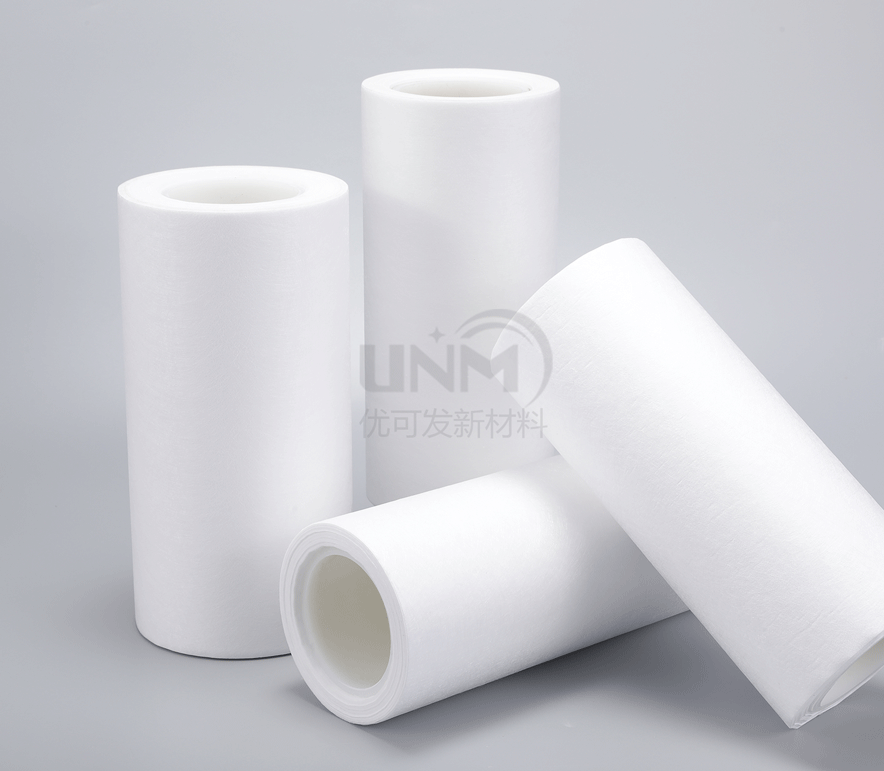1. Cell culture dish sealing: Tissue culture sealing film is often used to seal cell culture dishes, such as culture dishes, culture bottles or multi-well plates. It can prevent contamination from external microorganisms and particulate matter and maintain the culture environment.

2. Gas exchange control: The gas permeable layer on the sealing film can control the flow of oxygen, carbon dioxide and other gases inside and outside the petri dish exchange. This is essential for maintaining normal cell respiration and metabolism.
3. Culture solution evaporation and liquid retention: The sealing film can reduce the evaporation of the culture solution, prevent liquid leakage, and maintain the stability and adequacy of the liquid inside the culture dish. sex.
4. Observation window and operation entrance: The sealing film is usually transparent, and the cell growth in the culture dish can be directly observed through the observation window without opening the seal. . In addition, an operation entrance can be set on the sealing film to facilitate operations such as puncture, adding reagents or sampling.
5. Stable cells: Some experiments require limiting cell movement during culture or avoiding cross-contamination between cell layers. By using Tissue Culture Parafilm, cells can be well fixed and prevented from migrating and mixing.
6. Subculture: During the cell subculture process, the sealing film can be used to seal the culture dish well, reduce the time the cells are exposed to the external environment, and reduce the risk of bacterial infection. risk of body contamination.
In short, Tissue culture sealing film plays an important role in protecting cells, maintaining a stable culture environment and controlling gas exchange in cell culture experiments. effect. Specific applications need to be determined based on experimental needs and cell type. Interested parties are welcome to enter the store and contact us.
</p






